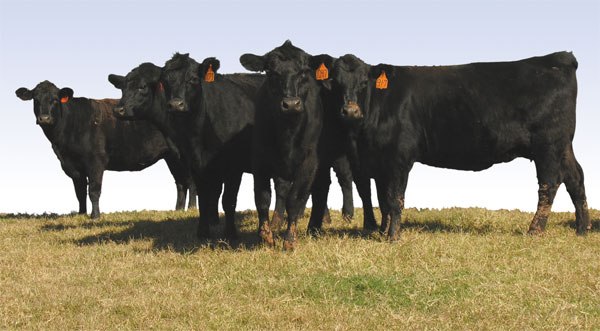
The Sunday News

Mhlupheki Dube
ONE important production principle in a beef production unit is to have a clear herd replacement policy.
The herd replacement is usually from two sources namely buy in stock or selection of replacement stock from the available stock.
Buy in is important for two major reasons, firstly it introduces new genetics and increases the gene pool.
It also provides for externally driven herd growth if the internal organic herd growth is not sufficient to provide the required numbers. Selection of replacement stock which are mostly heifers is done by a farmer who has produced enough heifers such that he/she has the capacity to dispose some and retain a part as replacement stock.
There are factors which a farmer should look at when selecting replacement heifers and these include culling daughters of problem cows.
This includes cows that need help during calving and are prone to dystocia (difficult calving) and heifers born from cows of poor temperament.
Cows which are very aggressive are a danger to work with such that simple routine exercises such as milking become a high risk rodeo.
As a farmer, especially a smallholder communal farmer, you want to have cows which can be easily milked by even women and young children.
Therefore when selecting replacement heifers a farmer needs to avoid heifers from cows of a known nervous behaviour as this may add a difficult disposition into your herd.
You must also consider cull lightweights, big birth weights and six-frame heifers. Big doesn’t always mean bad. If she’s big because she is older, you want to keep her. You will also want to choose heifers from good milk producing dams as this does not only indicate that the calf will have adequate nourishment and nursing but it helps with the household nutrition.
Poor yielding cows tend to be difficult to manage especially if it calves during the dry season.
However, it is important that these traits or characteristics can be expressed in your cow in contradictory pattern making selection not an obvious process.
An example is a very temperament cow which is also is high in milk production. The choice becomes difficult and even more so when such a cow has good mothering ability.
If your breeding is controlled such that you have a determined breeding season you may need to cull the youngest heifers of the lot.
This indicates that their mothers (cows) are late breeders and you do not want that in your herd.
However, in a typical communal set-up this may not apply because cows are always running with the bull and the breeding is haphazard. Another indicator of fertility on your heifers can be inferring from the dam.
You may want to select and keep heifers from the oldest cows in your herd. This could be a proxy of fertility because the fact that the oldest cow is still in your herd it means it is fertile and has been producing religiously.
The general conformation of the heifer is also important for both aesthetic properties as well as production purposes.
Conformation of heifers looks at aspect such as teats, the udder and legs.
An animal with a poor conformation is likely to have breeding challenges. Also try to keep heifers born from good producing bulls. Heifers inherit half of their genetic material from the sire and hence some of important production traits such as calving weights, age at first calving and weaning weights may actually be inherited from the sire. Identify heifers that have enough condition to be healthy, but neither overfat or very thin regardless of weight.
Heifers that are overly fat at weaning may have reduced milk production, particularly for smaller framed cattle. Heifers that are much thinner than the rest of the calves may also experience fertility issues later in life because of higher maintenance needs.
So the next time you want to select which heifers to retain in your herd or which ones to cull from the herd use the above guiding factors.
This may ensure that you slowly build the herd with qualities and properties you desire. Uyabonga umntakaMaKhumalo.
Feedback [email protected] cell 0772851275.



